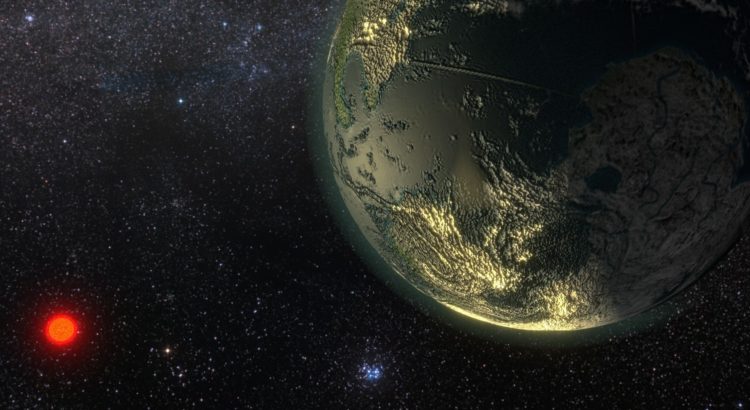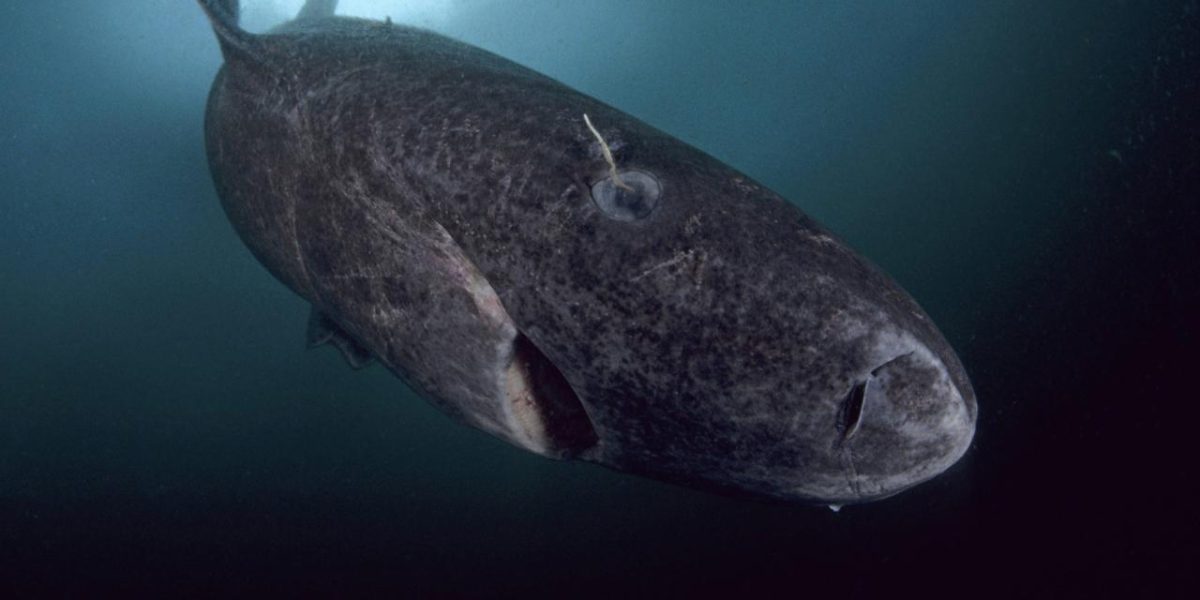Racked by hurricanes, tidally locked with no night or day. Could life really be found there?
The TRAPPIST-1 series of exoplanets is one of the recent “habitable” range of planets that have gotten exoplanet hunters and SETI enthusiasts very excited.
And for good reason. They all orbit white dwarf stars. Stars that have the same energy output as our sun, but the volume of Earth. They all orbit these white dwarfs in the “Goldilocks zone” or the circumstellar habitable zone. The region of orbit in which life (as we know it) could thrive.
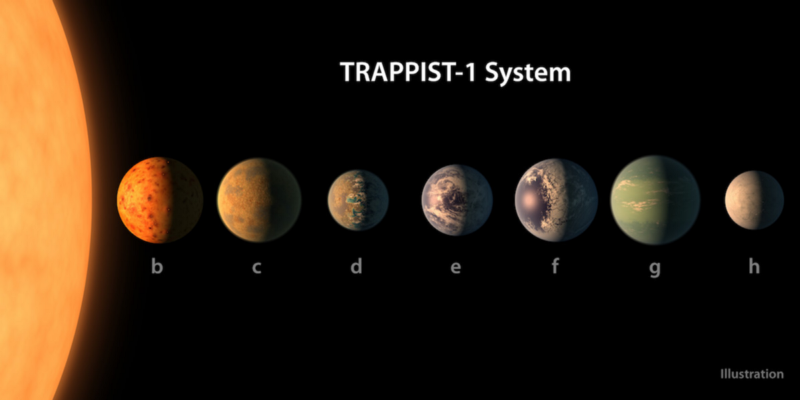
Image Credit: NASA/JPL-Caltech
As SETI director Seth Shostak puts it;
“It’s both easy and tempting to envision a multi-world empire arising in this star system, a small federation of planets in our cosmic backyard”
In the Goldilocks zone, where these planets reside, liquid water could exist. They seem promising as candidates for life in the universe.
TRAPPIST-1 isn’t perfect…
One caveat however is that all the TRAPPIST-1 planets are tidally locked. That is they don’t spin on their axis and thus have one eternal “night” side and one eternal “day” side. They wobble a bit but not enough to produce any significant seasons like our spring/summer/autumn/winter cycle.
So while liquid water could exist, it would likely freeze on the night side and boil away on the day side. If an atmosphere existed on any of the TRAPPIST-1 planets, it would help to transfer heat from one side to the other. However given the vast heat disparities it would transfer heat in vast planet-wide hurricanes likely quite worse than the most powerful category 5 hurricanes that occasionally rack Earth.
There wouldn’t be any seasons. No circadian rhythm guiding the wake/rest cycles of its organisms from an unchanging orientation to the sun. If it exists at all, it seems promising that life would exist in the “twilight” zone. The intermediate region between night and day which would be the right temperature for life as we know it but also the focal point of these torrential hurricanes.
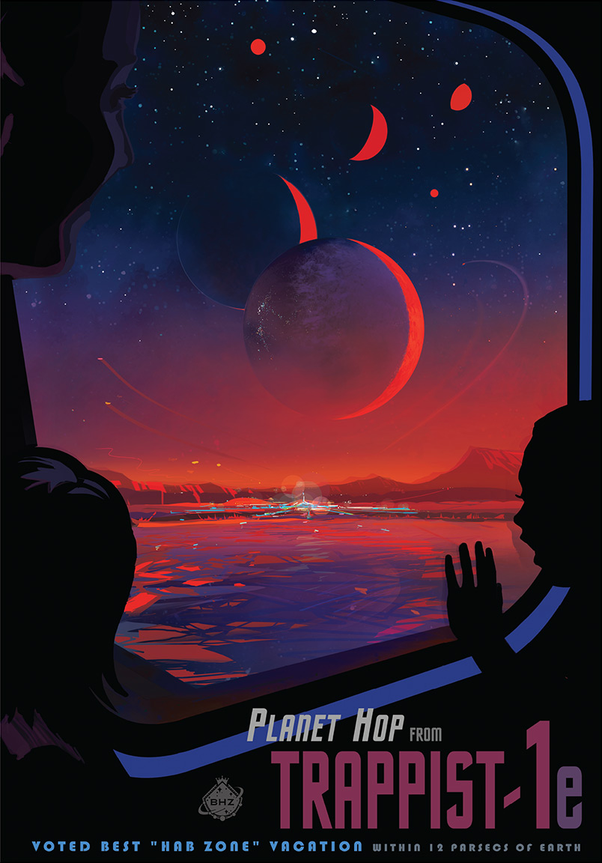
Image Credit: NASA’s Exoplanet Exploration Program
Interested in a visit?
It’s not possible to know what life on any of the TRAPPIST-1 planets could be like without visiting ourselves (or sending a probe 39 light-years to them). Life if it is ubiquitous throughout the universe could take many complex forms. With my limited understanding of evolutionary biology I’ve theorized a few life forms that could exist given the TRAPPIST-1 systems unique conditions.
In the Twilight Zone
- Lives undersea in the thin region of stable liquid water in the twilight zone. Similar to Earth’s marine organisms, possibly complex. Likely simpler. More like a tube worm or hyperthermophile (if tectonic activity leads to undersea volcanoes) than a race of sentient whales. Due to the limited liquid water environment. The hurricanes could act as a refresher, feeding minerals and resources from the wider planet into the limited marine zone these life forms inhabit.
- Terrestrial creature in twilight zone. Acts like Earth creatures but has some unique mechanism to help deal with hurricanes. Perhaps like the grass in “The Way of Kings” by Sanderson in response to high storms it retreats into an underground shell in response to movement outside. Like a plant crab.
Outside the Twilight Zone
- Airborne creature. With constant hurricanes raging across the planet. Perhaps rather than a sea-bird design which uses tranquil conditions to hunt marine life and rests on land. It’s designed more like a sky jellyfish drifting on ripping hurricane currents. It’s gelatinous, invertebrate design would allow it not be shredded and broken by the wind speeds. It could feed on the sediment whipped up from the ground by the storms.
- Terrestrial creature. Without the ecosystem supporting larger life forms like on Earth it’s tough to imagine anything larger than the bottom of the food chain. If you could somehow sustain the size. There’s an antelope species known as the Addax which can survive for a year in the Sahara desert without water. Perhaps a similar large species could evolve some mechanism requiring little water and survive on the day side. Nomadically visiting the twilight side for liquid water occasionally.
- There’s this weird species known as the water bear or Tardigrade (image below) that can survive in the vacuum of space. It can also survive without food or water for ten years, gamma radiation and the harsh solar winds. They are however only 1.5mm big on average. Perhaps some little guy like that exists which can survive anywhere on the planet, night, day or twilight. It’s dormant until it finds itself somewhere with liquid water where it feeds and hydrates before being picked up by another hurricane and blown around.
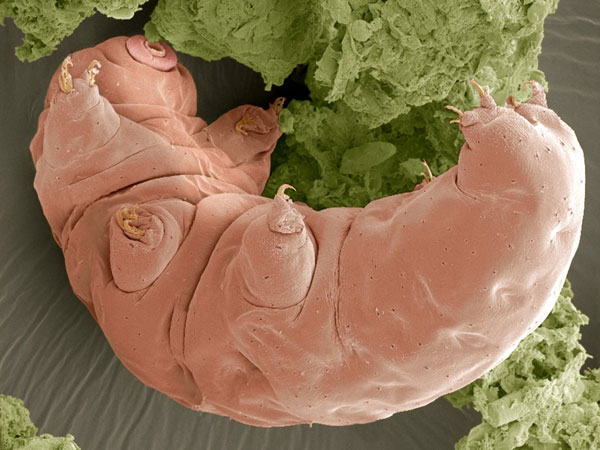
Photograph by Steve Gschmeissner/Science Photo Library/Corbis
Evolution is a game where the winner is the one that doesn’t die
None of these are as exciting as a race of fully formed sentient beings waiting to greet us. But they’re more realistic, which is good.
If you’ve got some other ideas for how life could form, comment it. I’m interested in ideas I may have missed or dismissed.
-Andrew
For an explanation of the philosophy and thought process behind colonization check here.
For an overview of how that future could look check here.
 Written by Andrew Walls
Written by Andrew Walls
Andrew Walls is a university student living in Toronto, Canada. Andrew’s always been fascinated by what’s beyond Earth and loves sharing his wonder with others. For more of Andrew’s writing visit his outer space/entrepreneurship blog Landing Attempts. You can also find him on FB & Twitter.
Featured Image Credit: NASA Ames

